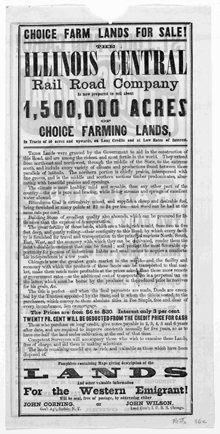

Old Hand Written Letter
How do you let friends and relatives know the latest news? How did people communicate before modern technology? Are there similarities in the contents of a letter written in the 1800s with an email or phone call today? What clues can you find in a letter that will lead to more information? Let’s look at an old letter and see what we can learn about the author, his plans, travel, transportation, and the time period during the expansion of the United States. Look for clues in the letter to answer these questions. 1. Who wrote the letter? Bonus: When was the
letter written?
|
Procedure 1. Examine the letter in the document. 2. Answer the first ten questions by reading the letter. 3. Explore these Websites for more information to answer the bonus question. Family History 1850 Ogle County Census Mt. Morris Twp. Look for Philip and Catherine Eby. 1850 Ogle County Census Pinecreek Twp. Look for Isaac and Catherine Grush (Grosh). A Biographical History of the Eby Family Read about Benjamin and Joel Eby. Descendants of Theodorus Aebi (December 2008) Read the information under 112. Joel Eby. Descendants
of Theodorus Aebi (December 2008) Continued Maps Historical Maps of Pennsylvania Postage History and Rates Look under Stamps and Postcards to learn when the first authorized postage stamp was issued. Look under Postage rates and Historical statistics for 1792 to 1863 to find the rate of postage. Choice farm lands for sale! The Illinois Central rail road company is now prepared to sell about 1,500,000 acres of choice farming lands in tracts of 40 acres and upwards, on long credits and at low rates of interest ... [Chicago? Ill. 1857]. National History Standards Contents of Historical Thinking Standards for Grades 5-12 Comprehension A. Identify
the author or source of the historical document or narrative
and assess its credibility. |
|
|
||
© 1996 - 2015 Linda C. Joseph
All Rights Reserved
All CyberBee Graphics are Trademarked
Graphics by
Darlene Vanasco/Creative Director
Erika Taguchi/Designer & Illustrator
Hosting Provided by Iwaynet
